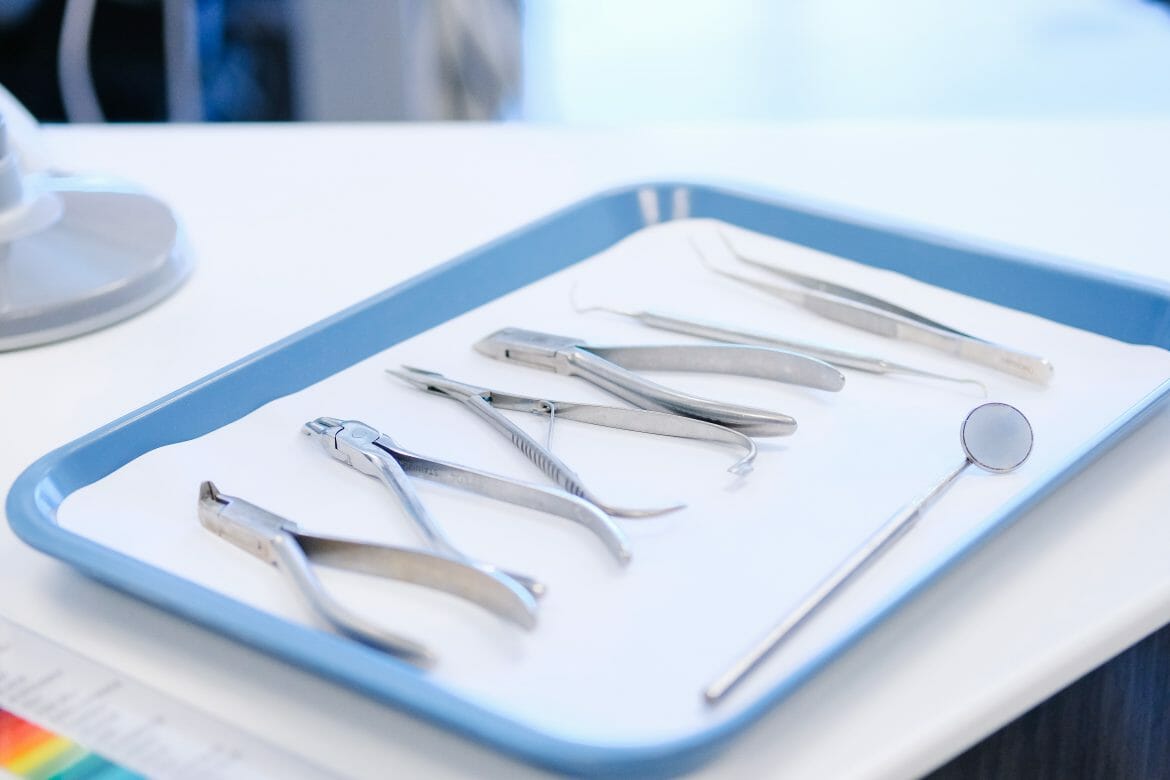Practicing good oral hygiene is key to maintaining your dental health and your smile. Occasional procedures performed by your dentist can also help, including those that prevent, treat, and correct any painful or problematic issues you may experience.
Yet, while keeping your natural teeth is always a top priority, there are times when a tooth extraction is necessary and will be your best option. When this happens, you’ll need to follow the guidance of your dentist to ensure an infection doesn’t occur. It’s also important to know what the signs of infection are so you can be on the lookout for them in case one does develop.
What Occurs During a Tooth Extraction?
The extraction process is a common dental procedure, most often used on teeth suffering excessive decay or trauma. While your dentist will do whatever is possible to save the tooth, sometimes removal will be the best option.
A tooth extraction itself involves a minimally invasive procedure, quickly performed right there in the dental chair. Your dentist will numb the area first, and afterward, you can expect temporary swelling and redness. Recovery is usually quick, and rarely will you experience any lingering side effects. Still, an infection can set in in certain cases.
Once the tooth extraction occurs, there will be a hole where the tooth once was, and this area will clot, which is what prevents an infection from occurring. If this clotting doesn’t occur, you become more susceptible to an infection.
Following the extraction, bacteria can enter the empty space and also enter the bloodstream if not treated quickly. This entry into the bloodstream can lead to additional health issues.
What are the Signs of Infection After Tooth Extraction?
Infections often occur within 1-2 days after the extraction, but in some cases, it sets in much later. You may not experience signs of infection until 3-4 weeks after the procedure.
Following your tooth extraction, stay on the lookout for the following signs that can indicate you have an infection.
- Continued Swelling: While swelling and redness are common following an extraction, if they last longer than 24 hours, contact your dentist.
- Pus Discharge: If yellow or white pus discharges in the area of the empty socket or surrounding areas in the mouth, you may have an infection.
- Development of a Fever: While fever is an indicator of several different health issues, if one develops after a tooth extraction, it may be due to a developing infection.
- Lingering Pain: Experiencing pain following the extraction may occur but should fade within a day or two. If it lingers longer than that or increases in intensity, there may be a problem.
- Bleeding: Following the extraction, you may experience slight bleeding. If this bleeding continues for 24 hours or more, call your dentist.
- Strange Taste in Your Mouth: Initially, you may notice a bad taste in your mouth following extraction. If that bad taste remains or turns bitter or acrid, you may have an infection.
- Continual Bad Breath: If, after brushing and using a mouthwash, you still have bad breath or emit an odd, offensive smell from your mouth, infection may be the culprit.
- New Discomfort in the Area of the Extraction: Once the initial discomfort subsides, if a new discomfort occurs, an infection may be developing.
Post-Extraction Care
By following post-extraction care instructions provided by your dentist, you can decrease the chances of inflammation and infection from occurring. These directions may include:
- Taking the full prescription of antibiotics
- Using a prescribed antiseptic mouthwash
- Avoiding overly strenuous activity for the first 24 hours
- Restricting food and drink intake
- Keeping the extraction area clean
- Avoiding smoking or other tobacco usage
Treatments for Post-Extraction Infections
It’s essential to know that the infection will not go away or cure itself. You’ll need additional care, which may include any of the following.
- Additional prescribed antibiotics
- Infection draining procedures by your dentist
- Saltwater rinses
- Cold compresses for excessive swelling or pain
- Restricted eating and drinking in order to avoid aggravating the infection
Much will depend on the infection itself, so seeking help from your dentist is the first step to alleviating it and regaining a healthy mouth.
Contact Bateson Dentistry Today!
While Dr. Bateson and her team here at Bateson Dentistry focus on minimizing the chances that infection occurs following a tooth extraction, it can still happen. If so, our compassionate team is here to help you recover and return to a healthy mouth and smile as quickly as possible.
If you suffer any of the signs described above or feel you may have an infection following a tooth extraction, contact our office as soon as possible. Dr. Bateson will determine if an infection is indeed present and what steps to take to properly care for it and alleviate any symptoms you are experiencing.


Hello, I had an extraction done one week ago on Wednesday and am not seeing any significysigns of healing. My extraction site is grayish black, gums are still swollen, adjacent teeth hurt like cavities, there’s jaw and bone pain. I am extremely afraid to return to this dentist that did the extraction because of the manner of which he pulled my tooth and now I think I may have a worse infection.
Had a tooth pulled 4 weeks ago, all was fine until it became infected again now. Its a lower back rt. Side one infant of wisdom . I was told by office staff that Dentist could NOT FAX prescription because it was STATE LAW that I had to be seen first. I’ve been going to this Dentist for about 3 years now.
Please advise …